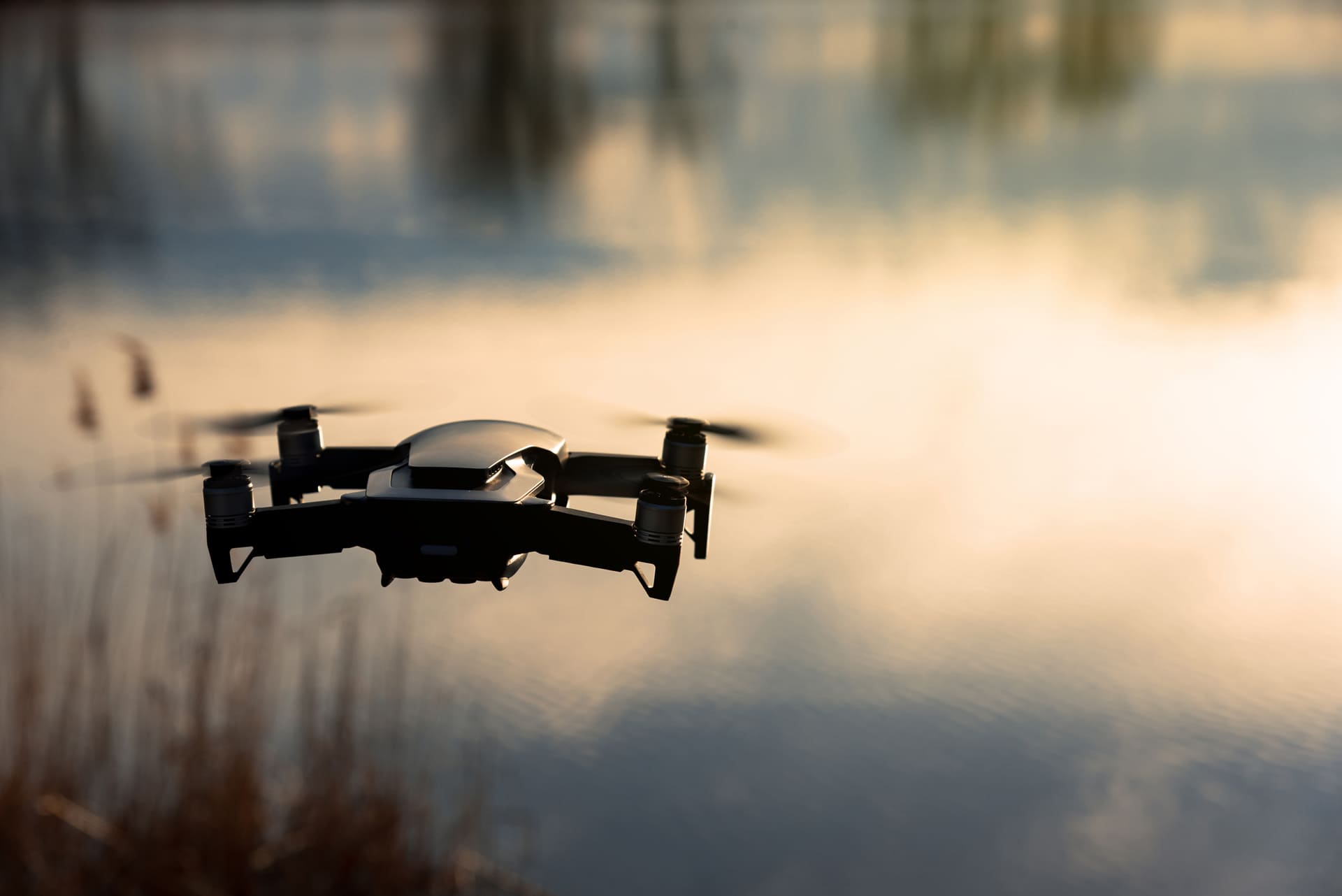Note: This article appears in the 2016 edition of Barnes & Thornburg LLP’s Logistically Speaking e-newsletter. Like other industries, the transportation industry is affected by a myriad of government regulation. With respect to using drones, regulators appear to be struggling with how to handle this nascent industry. Some of the new drone laws and regulations are summarized below.
Unmanned aircraft systems (UAS), commonly called drones or UAVs (Unmanned Aerial Vehicles), are used for varying applications such as environmental monitoring, hobby use, pickups, deliveries, spare part transport, equipment inspection, aerial photography, law enforcement, wildlife tracking, disaster response, law enforcement and search and rescue operations.
Due in part to safety and privacy concerns, state and federal governments and administrative agencies are debating if and how drones should be regulated. So far, at least 23 states have passed legislation directed to UAS issues, the Federal Aviation Administration (FAA) has set registration requirements and is considering additional rules for small unmanned aircraft systems (sUAS) and micro-UAS (mUAS), the Senate has passed a bill with provisions aimed at addressing UAS privacy and security concerns, and the House has a separate bill it is considering.
Federal Legislation
On April 19, S.B. 2658, called the FAA Reauthorization Act, passed with bipartisan support by an overwhelming 95-3 vote. It is a stopgap measure that extends funding for the FAA by about 18 months through Sept. 30, 2017, and that contains privacy and security provisions related to UASs. For example, the security provisions require the National Institute of Standards and Technology to work with the FAA and other administrative bodies to establish risk-based safety standards.
Similarly in the House, the Aviation Innovation, Reform and Reauthorization (AIRR) Act is still being pushed forward. The AIRR also includes provisions addressing privacy and security concerns. The House and Senate are mostly in agreement regarding UAS provisions – the sticking point in these bills has been related to whether to privatize air traffic control.
State and Local Laws
Numerous states, counties and cities have passed UAS laws as well. In regards to state laws, the majority of legislation fall into three broad categories:
- Privacy protections
- Law enforcement restrictions
- Hunting restrictions
Specifically, the National Conference of State Legislatures shows 41 states with active UAS legislation in 2016, and 23 states (Arkansas, California, Florida, Hawaii, Idaho, Illinois, Indiana, Louisiana, Maine, Maryland, Michigan, Mississippi, Nevada, New Hampshire, North Carolina, North Dakota, Oregon, Tennessee, Texas, Utah, Virginia, West Virginia and Wisconsin) that have passed legislation. The AUVSI Advocacy group offers an interactive map of state UAS laws.
FAA Rules
The FAA provides a chart to help navigate its rules for your UAS, available here.
Basically, the FAA splits UAS uses into three categories:
- Public or government use
- Civil use
- UAS manufacturers
The FAA splits civil use into either hobby use or commercial use. Hobbyists are currently required to register themselves, mark their UAS, and follow community-based safety guidelines.
Surprisingly, the FAA has criminalized unregistered drone flight as a federal felony. Failure to register prior to operation could subject an individual to three years in prison and up to $250,000 in criminal fines and $27,500 in civil fines (although these rules are the subject of lawsuits challenging their validity).
For commercial uses, an operator currently must get authorization from the FAA via Section 333. However, the FAA is in the process of further integrating UASs into the nation’s airspace and has proposed various rules for small UAS (sUAS) that weigh less than 55 pounds, including:
- UAS and all components must weigh less than 55 pounds.
- UAS may only operate during standard daylight hours and within visual sight.
- UAS must fly no higher than 500 feet and go no faster than 100 mph.
- UAS must be operated by a person at least 17 years or older that has passed a FAA knowledge test.
- UAS operator must be registered, but an airworthiness certification is not required.
The FAA also formed an Advisory Rulemaking Committee on micro-UAS and has received a report from that committee. Briefly, the committee recommended establishing a risk-based approach for four categories of mUAS:
- Category 1 – UAS weighs 250 grams (g) or less. For comparison purposes, 250 g is 0.55 pounds or the approximate weight of a hamster. Other examples of things that weigh about 250 g include: a hockey puck (170 g), a can of soup (310 g), a billiard ball (170 g), a baseball (145 g), two sticks of butter (220 g), and two “D” size batteries (270 g).
- Category 2 – UAS causes less than a 1percent chance of Abbreviated Injury Scale (AIS) level 3 or greater injury.
- Category 3 – UAS causes less than a 30 percent chance of AIS level 3 or greater injury but does not involve sustained flight over crowds.
- Category 4 – UAS causes less than a 30 percent chance of AIS level 3 or greater injury and involves sustained flight over crowds.
What Steps Should I Take Before Flying My Drone?
Although it’s easier said than done, you need to understand the local, state and federal legislative landscape. From the FAA perspective, a good first step is determining whether your use is a hobby use, a commercial use, or a public use. For any commercial uses, you should also consider insurance coverage options, privacy issues, and ongoing compliance with all local, state, and federal regulations such as the multitude of records, manuals, documentation and reporting requirements set by your FAA Certificate of Compliance.
Ryan Clark is an associate in the Chicago office. Ryan can be reached by telephone at (312) 214-4838 or by email at ryan.clark@btlaw.com. Timo Rehbock is a partner in the Chicago and Washington, D.C., offices. Timo can be reached by telephone at (312) 214-4592 or by email at timo.rehbock@btlaw.com.
Visit us online at www.btlaw.com.
© 2016 Barnes & Thornburg LLP. All Rights Reserved. This page, and all information on it, is proprietary and the property of Barnes & Thornburg LLP. It may not be reproduced, in any form, without the express written consent of Barnes & Thornburg.
This Barnes & Thornburg LLP publication should not be construed as legal advice or legal opinion on any specific facts or circumstances. The contents are intended for general informational purposes only, and you are urged to consult your own lawyer on any specific legal questions you may have concerning your situation.














